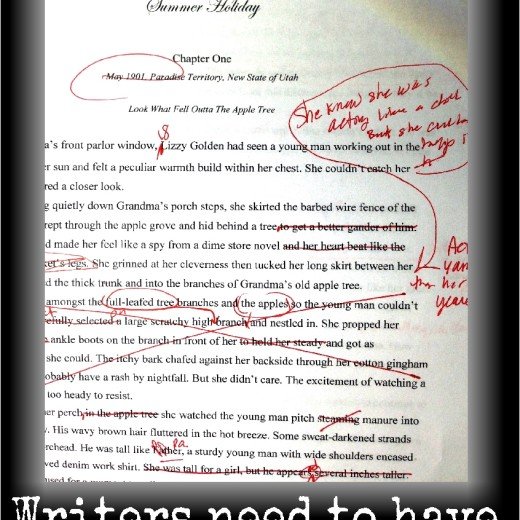Lift a Sagging Middle with “What If?” by Kay Keppler
 Let’s welcome back monthly columnist, editor, and novelist, Kay Keppler, as she shares with us “Lift a Sagging Middle with “What If?” Enjoy!
Let’s welcome back monthly columnist, editor, and novelist, Kay Keppler, as she shares with us “Lift a Sagging Middle with “What If?” Enjoy!
***
Most writers, sooner or later, will hit the problem of the Sagging Middle. The story pacing slows—the plot might even bore you a little bit now—and you don’t know what to do about it.
It’s time to revisit goal, motivation, and conflict. These are the basics on which you should always build your plot and characters. Ask yourself:
- Does your character want something? Make sure s/he always has a goal.
- Why does s/he want it? Make that motivation a life-or-death need. It doesn’t literally have to be life or death—it just has to feel that way for your character.
- Is your character in conflict? It’s time to raise the stakes. If your character isn’t in conflict, you’re in trouble.
But knowing that you need strong goals, motivations, and conflicts for your characters doesn’t always get the job done for you, the writer. You need to increase tension, suspense, emotions, and obstacles for your characters. Sometimes you can do that by reorganizing the material you already have, ordering the scenes with escalating tension more logically.
But what if you’re just stuck? You don’t know what happens next? What does this character, who has a strong goal, motivation, and conflict, do in the next moment?
Raymond Carver famously said that when he wrote himself into a corner, he had a man come through a door with a gun in his hand. One of my teachers once said that when she got stuck, she wrote a dog into the story. Sometimes you just need to goose the action a little bit to get you over the hump. Ask yourself, What if? And then write that.
Here are some suggestions that, depending on your story, might help stimulate your creative juices to get you through the sagging middle. What if:
- A long-lost relative comes to town.
- The circus (literal or metaphorical) comes to town.
- The ex comes back to town
- Your character gets a communication from the blue—letter, phone call, text, or email—with good news/bad news.
- Your character gets lost and winds up someplace more interesting/boring/frightening.
- Your character hears a cry/scream/laugh/crash.
- Your character hears music.
- The police/firefighters/EMTs arrive.
- The Girl Scout cookies arrive.
- The Girl Scout cookies are tainted.
- The Chinese food is tainted.
- Your character finds a (literal or metaphorical) snake.
- Your character wins the lottery.
- Someone dies.
- Someone is hacked.
Of course, these are just suggestions for stimulating your thinking. Not all of these options will fit into any story—in fact, maybe none of them will fit into any story. The goal is to brainstorm ideas until something sparks.
However, don’t go too far out on a limb. Although accepting all ideas in a brainstorming session is good, you want to find a spark that fits your story and reveals something about your character or advances the plot. By doing that, you should find the traction you need to get you past the sagging middle and into the race to the conclusion.
Good luck!
***
ABOUT THE AUTHOR
Kay Keppler is an author Zero Gravity Outcasts, Betting on Hope, Gargoyle: Three Enchanting Romance Novellas, and editor of fiction and nonfiction –Angel’s Kiss and Outsource It! She lives in northern California. Contact her here at Writer’s Fun Zone in the comments below, or at kaykeppler@yahoo.com to ask questions, suggest topics, or if you prefer, complain.
is an author Zero Gravity Outcasts, Betting on Hope, Gargoyle: Three Enchanting Romance Novellas, and editor of fiction and nonfiction –Angel’s Kiss and Outsource It! She lives in northern California. Contact her here at Writer’s Fun Zone in the comments below, or at kaykeppler@yahoo.com to ask questions, suggest topics, or if you prefer, complain.






